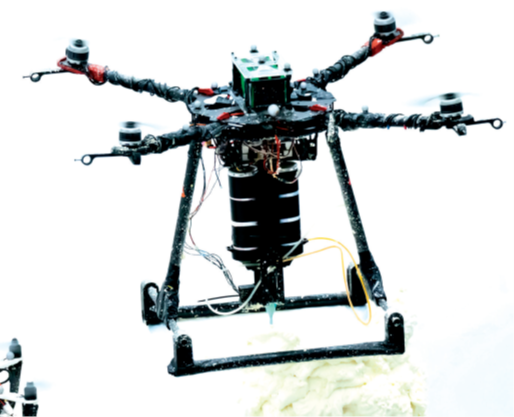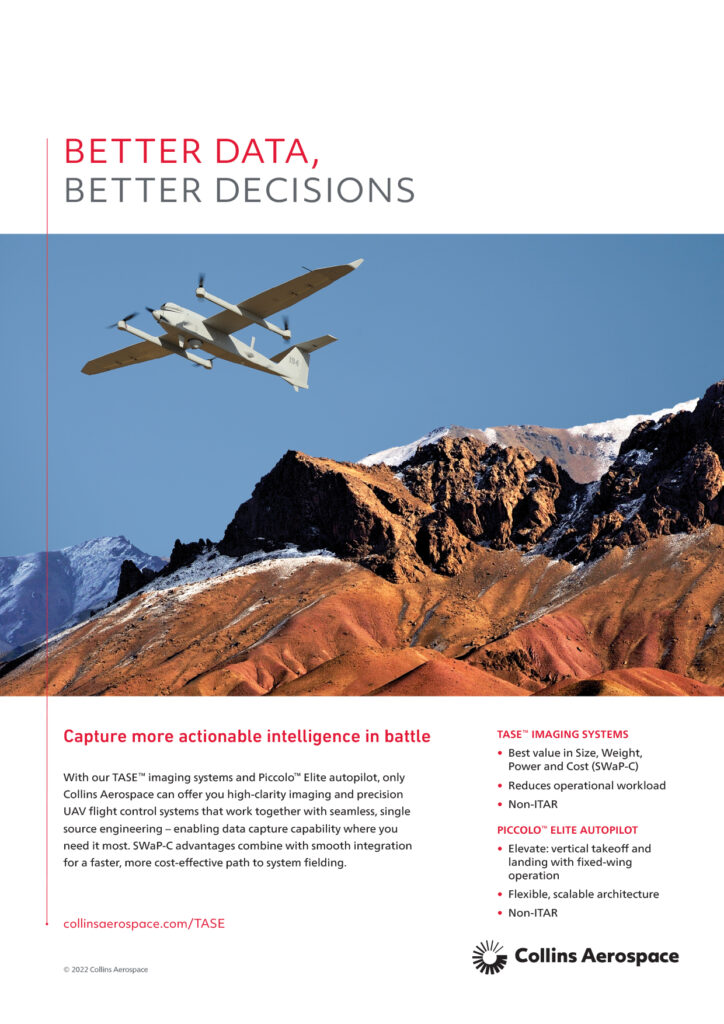In-flight 3D printing team

Researchers at Imperial College London and Empa in Switzerland have developed 3D printers that can build structures while in flight (writes Nick Flaherty).
The technology could be used to build structures in difficult-to-access or dangerous locations such as tall buildings, or help with post-disaster relief construction, the researchers say.
The Aerial-AM multi-robot system uses a 3D-printing UAV, the BuilDrone, with a separate UAV called the ScanDrone to monitor the quality of the build and control the main UAV in real time. These are combined with a path-planning software framework.
A real-time predictive control is integrated with a dynamically self-aligning delta manipulator in the BuilDrone. The three-arm manipulator was developed for a project in 2019 and is capable of three degrees of freedom. It holds the print head and is used to compensate for the movement of the UAV; it provides a manufacturing accuracy of 5 mm.
The researchers built proof-of-concept prints using a DJI M100 UAV as the BuilDrone to produce a cylinder 2.05 m high consisting of 72 layers of a rapid-curing insulation foam material, and a cylinder 0.18 m high consisting of 28 layers of structural pseudoplastic cementitious material.
“We’ve proved that drones can work autonomously and in tandem to construct and repair buildings, at least in the lab,” said Professor Mirko Kovac at Imperial’s Department of Aeronautics
and head of Empa’s Materials and Technology Centre of Robotics. “Our solution is scalable and could help us to construct and repair buildings in difficult-to- reach areas in the future.”
The project included researchers from the University of Bath, University College London, the University of Pennsylvania, Queen Mary University of London, and Technical University of Munich (TUM).
The researchers are now working with construction companies to validate the solutions and provide repair and manufacturing capabilities. “We believe our fleet could help reduce the costs and risks of construction in the future, compared to traditional manual methods,” Prof Kovac said.

UPCOMING EVENTS























